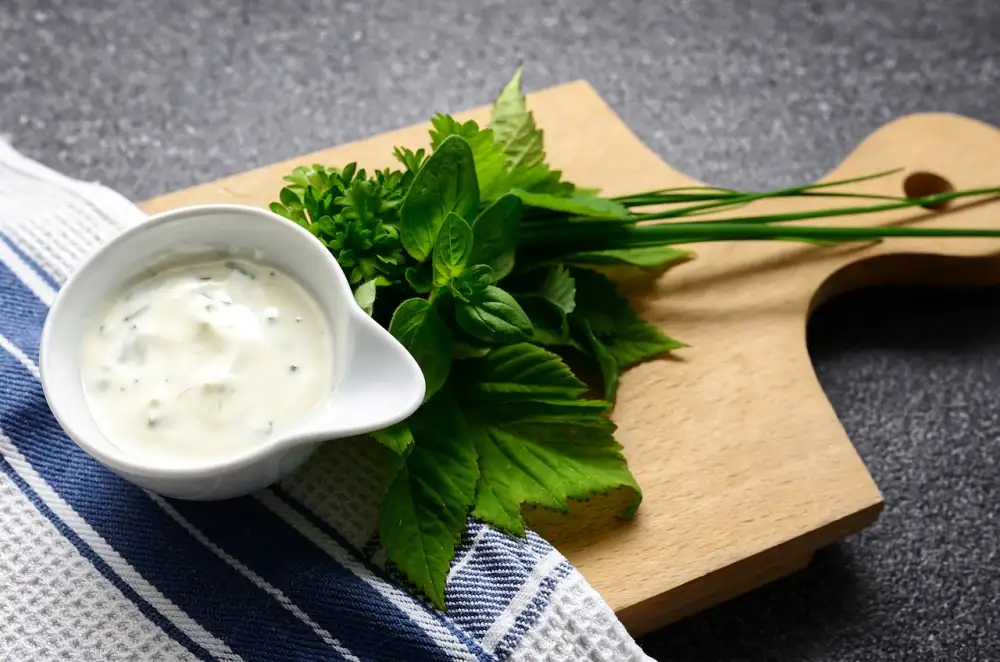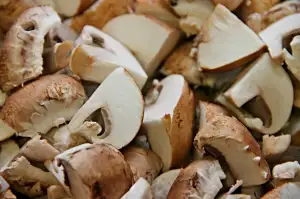Unleashing the Flavors: Elevate Your Seafood with the Perfect Cocktail Sauce Recipe

Cocktail sauce, a classic condiment known for its tangy and zesty flavor, is a staple accompaniment to seafood dishes around the world. This versatile sauce adds a burst of flavor to shrimp cocktail, oysters, crab cakes, and other seafood delicacies. With its combination of sweet, sour, and spicy elements, cocktail sauce enhances the natural flavors of seafood while providing a refreshing contrast. Join us on a culinary journey as we explore the origins, key ingredients, variations, serving suggestions, health benefits, and more of this beloved sauce. Get ready to elevate your seafood experience with the perfect cocktail sauce recipe!
History and Origins of Cocktail Sauce
Cocktail sauce, a classic condiment enjoyed with seafood, has a fascinating history dating back to the early 20th century. While its exact origins are debated, it is widely believed that cocktail sauce first gained popularity in the United States, particularly in New Orleans and New York City. Some sources suggest that it was originally served as a dipping sauce for oysters in New Orleans before spreading to other coastal regions.
The name "cocktail sauce" is said to have originated from the concept of a "cocktail" being a mix of various ingredients. The traditional recipe typically includes ketchup, horseradish, Worcestershire sauce, lemon juice, and hot sauce. Over time, variations have emerged with regional influences and personal preferences shaping the ingredients used in different recipes.
Key Ingredients in Cocktail Sauce
Cocktail sauce is a classic condiment known for its tangy and zesty flavor profile. The key ingredients in traditional cocktail sauce include ketchup, horseradish, Worcestershire sauce, lemon juice, and hot sauce. These ingredients work together to create a harmonious balance of sweetness, spiciness, and acidity that complements seafood dishes perfectly.
Ketchup serves as the base of the sauce, providing a rich tomato flavor and natural sweetness. Horseradish adds a sharp kick and depth of flavor, while Worcestershire sauce contributes savory notes and complexity. Lemon juice brightens up the sauce with its citrusy tang, while hot sauce brings the heat to round out the overall taste profile.
For those looking to customize their cocktail sauce, additional ingredients such as garlic, onion powder, paprika, or even grated fresh horseradish can be incorporated to suit individual preferences. Experimenting with different ratios of these key ingredients allows for endless variations on this beloved condiment.
Traditional and Modern Variations of Cocktail Sauce
Traditional cocktail sauce typically consists of ketchup, horseradish, Worcestershire sauce, lemon juice, and hot sauce. This classic recipe dates back to the early 20th century in the United States. Modern variations often include additional ingredients such as grated onion, garlic, herbs like parsley or cilantro, and even a splash of vodka for an extra kick. Some chefs experiment with exotic flavors like mango or chipotle to create unique twists on the traditional recipe. The versatility of cocktail sauce allows for endless possibilities to cater to different taste preferences and culinary trends.
Serving Suggestions and Pairings for Cocktail Sauce
When it comes to serving cocktail sauce, the possibilities are endless. This versatile condiment is a perfect accompaniment for various seafood dishes such as shrimp cocktail, oysters, crab cakes, and even fish tacos. It can also be used as a dipping sauce for fried seafood like calamari or fish sticks.
Pairing suggestions include serving cocktail sauce alongside a platter of chilled seafood on ice for a classic and elegant presentation. For a more casual setting, try using it as a topping for grilled fish or shrimp skewers. Cocktail sauce can also add a zesty kick to homemade sushi rolls or poke bowls.
For those looking to get creative in the kitchen, consider incorporating cocktail sauce into recipes like shrimp pasta salad or spicy cocktail meatballs. Its tangy flavor profile can elevate dishes and add an extra layer of complexity.
Overall, the versatility of cocktail sauce makes it a must-have condiment in any seafood lover's kitchen. Whether you're hosting a fancy dinner party or enjoying a casual meal at home, this flavorful sauce is sure to enhance the dining experience with its bold and tangy taste.
Health Benefits of Cocktail Sauce
Cocktail sauce not only enhances the flavor of seafood but also offers some health benefits. The primary ingredient, tomatoes, are rich in lycopene, a powerful antioxidant known for its potential to reduce the risk of chronic diseases such as cancer and heart disease. Horseradish, another key component, contains compounds that may help boost immunity and reduce inflammation. Additionally, cocktail sauce is low in calories and fat, making it a healthier alternative to other condiments high in sugar and unhealthy fats. Enjoying cocktail sauce in moderation can be a flavorful way to add a dose of antioxidants and nutrients to your meal.
In conclusion, cocktail sauce is a versatile and flavorful condiment that adds a zesty kick to seafood dishes. Its origins date back to the 19th century, evolving from simple ketchup and horseradish combinations to more complex recipes today. The key ingredients of cocktail sauce, including ketchup, horseradish, lemon juice, Worcestershire sauce, and hot sauce, create a harmonious blend of flavors that enhance the taste of seafood. Whether enjoyed with shrimp, oysters, or crab cakes, cocktail sauce elevates the dining experience with its tangy and spicy profile. So next time you indulge in a seafood feast, don't forget to serve it with a side of homemade cocktail sauce for an extra burst of flavor.
Published: 21. 04. 2024
Category: Food



